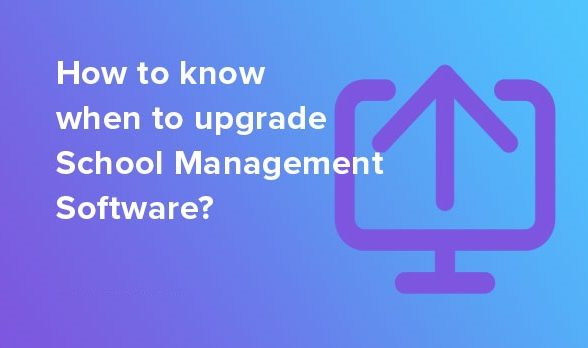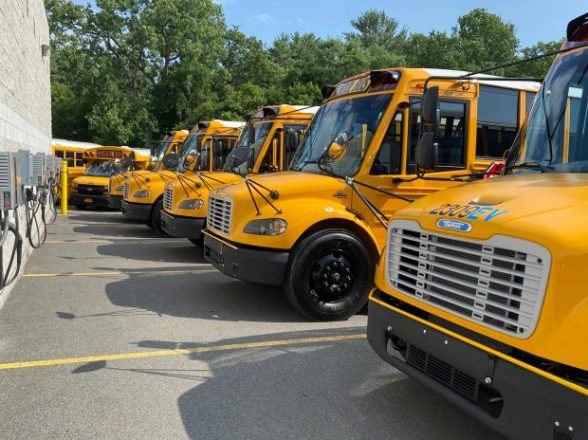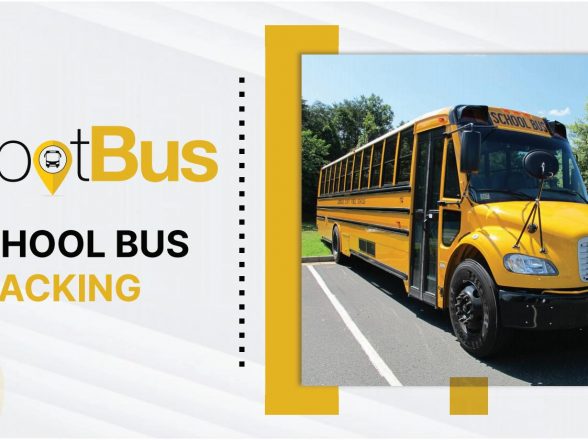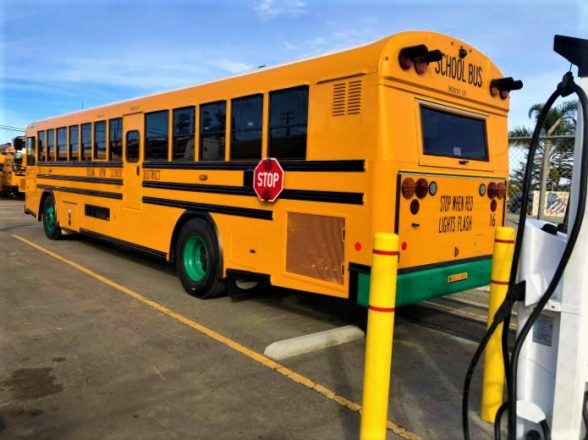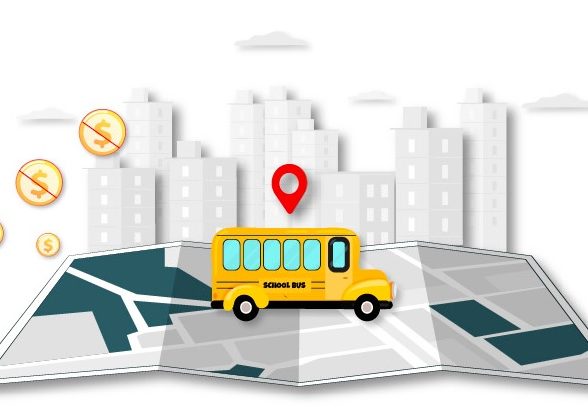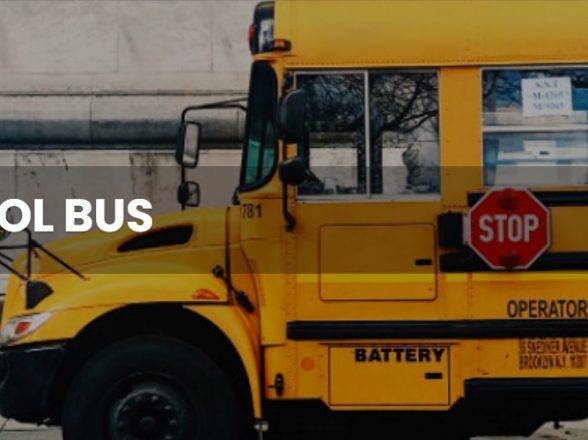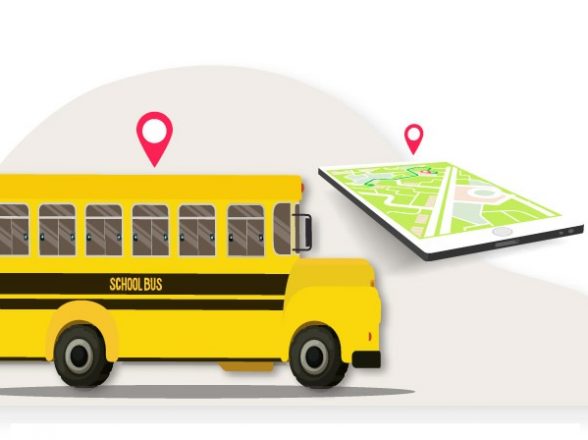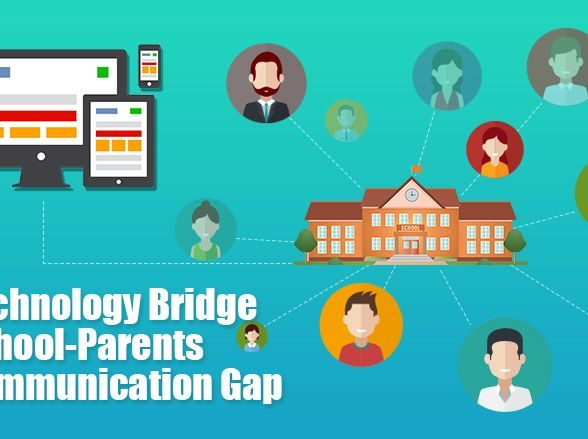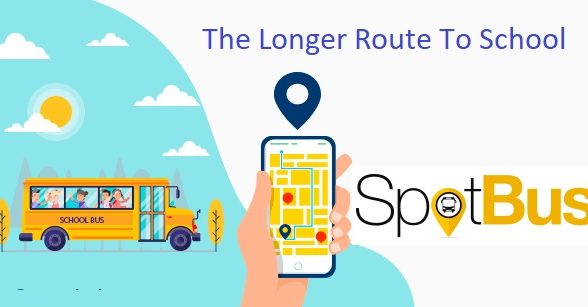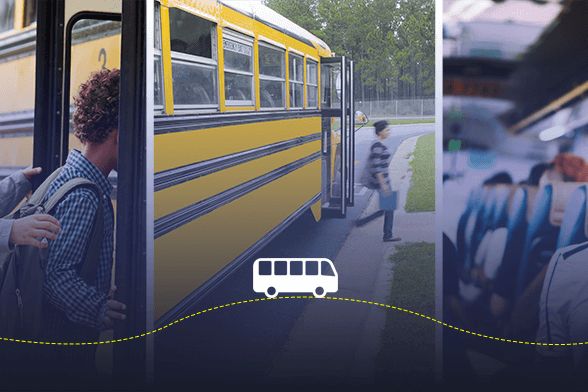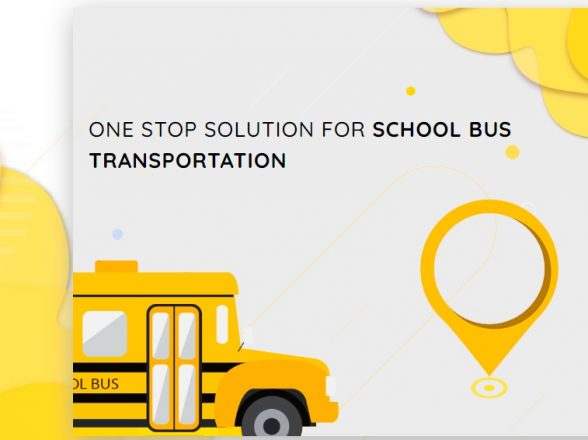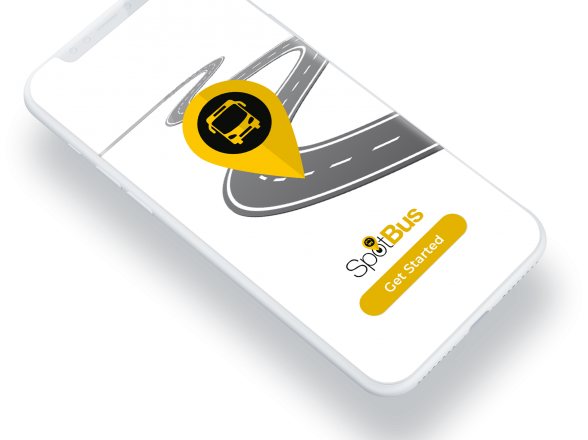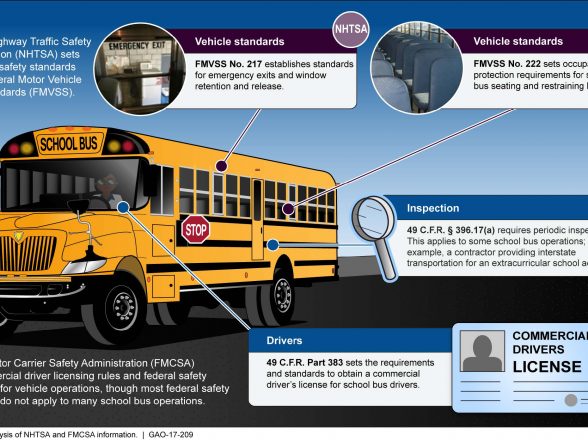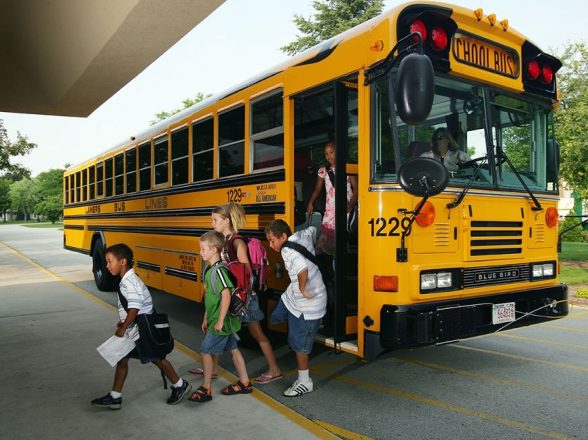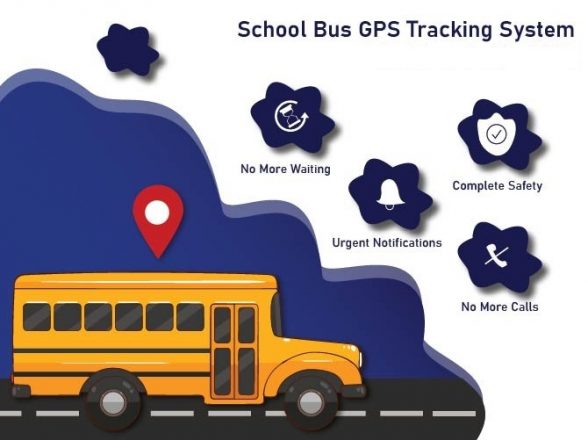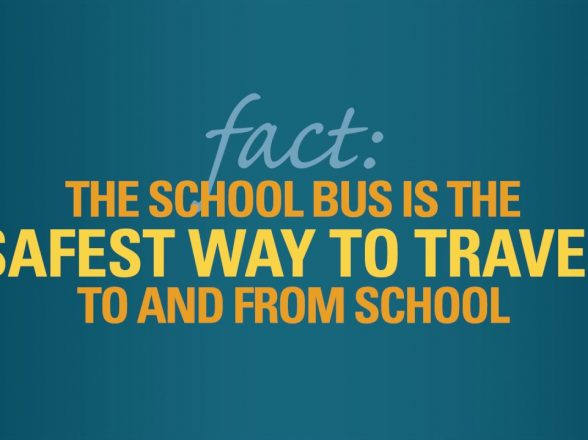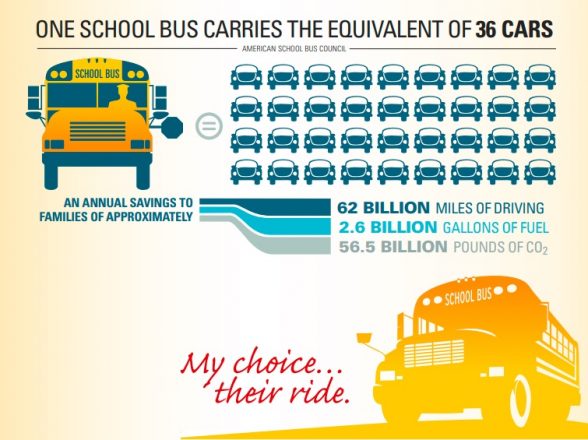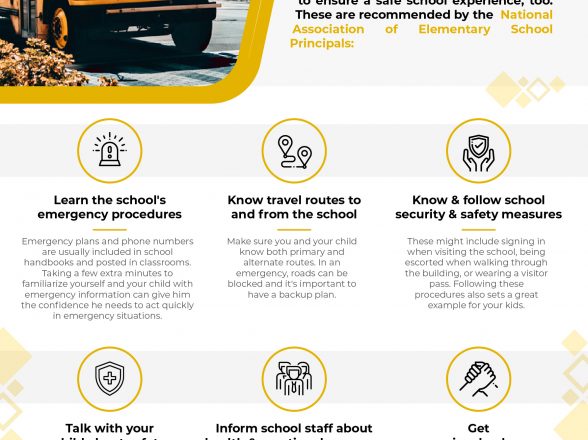Revolutionizing School Transportation with School Transport Provider Software
In the evolving landscape of educational technology, one area that has seen significant advancements is school transportation. The development of school transportation software has brought transformative changes, ensuring the safety, efficiency, and reliability of school bus transportation. This software has become an indispensable tool for schools, providing comprehensive solutions for managing student ridership, driver management, parent communication, and school bus tracking. Let’s delve into how School Transport Provider Software is revolutionizing the way schools manage their transportation systems.
The Need for School Transport Provider Software
Managing school transportation involves coordinating numerous elements, including bus schedules, routes, driver assignments, and student safety. Traditional methods of handling these tasks are often labor-intensive, error-prone, and inefficient. With the advent of school transportation software, schools can now streamline these processes, ensuring a more organized and reliable transportation system.
Key Features of School Transportation Software
- Student Ridership Management
- Student ridership is a critical aspect of school transportation. Tracking which students are on the bus, their pick-up and drop-off points, and ensuring they arrive safely is paramount. School Transport Provider Software offers real-time tracking of student ridership, providing accurate records and enhancing student safety. This feature ensures that no student is left behind and that parents and school administrators are always informed about the students’ whereabouts.
- Driver Management
- Efficient driver management is crucial for the smooth operation of school buses. The software helps in scheduling driver shifts, monitoring their performance, and ensuring compliance with safety regulations. By automating these tasks, schools can reduce administrative workload and ensure that drivers are well-coordinated and reliable. Additionally, the software can assist in tracking driver hours, certifications, and training, ensuring that all drivers meet the necessary standards.
- Parent Communication Apps
- Effective communication with parents is essential for building trust and ensuring the safety of students. Parent communication apps integrated into school transportation software provide real-time updates on bus locations, estimated arrival times, and any delays or emergencies. Parents can receive notifications and track their child’s journey, giving them peace of mind. These apps also allow parents to communicate directly with school transportation officials, enhancing overall communication and responsiveness.
- School Bus Tracking
- School Bus Tracking is a pivotal feature of school transportation software. Utilizing GPS technology, the software provides real-time tracking of school buses, allowing administrators and parents to monitor bus locations and routes. This not only ensures the safety of students but also helps in optimizing bus routes, reducing fuel consumption, and improving punctuality. In case of any deviations or emergencies, immediate actions can be taken based on accurate location data.
- Route Optimization
- Efficient route planning is essential for minimizing travel time and fuel costs. School transportation software offers advanced route optimization features, taking into account factors such as traffic conditions, road closures, and student locations. This ensures that buses take the most efficient routes, saving time and resources while ensuring timely pick-ups and drop-offs.
Benefits of Implementing School Transport Provider Software
- Enhanced Safety
- The primary concern of school transportation is the safety of students. School transportation software provides real-time tracking and monitoring, ensuring that students are safe throughout their journey. In case of any emergencies, immediate action can be taken based on accurate location data.
- Improved Efficiency
- Automating administrative tasks related to school transportation significantly improves efficiency. Tasks such as scheduling, route planning, and driver management are streamlined, reducing the administrative burden on school staff and allowing them to focus on other critical areas.
- Cost Savings
- Optimized routes and efficient driver management lead to significant cost savings. Schools can reduce fuel consumption, maintenance costs, and administrative expenses, making the transportation system more cost-effective.
- Better Communication
- Parent communication apps integrated into the software ensure that parents are always informed about their child’s journey. Real-time updates and notifications enhance communication and build trust between parents and school administrators.
- Accurate Record-Keeping
- Keeping accurate records of student ridership, driver hours, and route data is crucial for compliance and safety. The software provides comprehensive record-keeping, ensuring that all data is accurate and easily accessible.
Real-World Applications and Success Stories
Many schools and districts have successfully implemented School Transport Provider Software with outstanding results. For example, a school district in New York reported a significant reduction in fuel costs and improved punctuality after implementing school transportation software. The real-time tracking and route optimization features allowed them to streamline their bus routes and reduce travel time.
In another case, a school in California integrated their school bus tracking system with parent communication apps, providing parents with real-time updates on their child’s bus location. This resulted in increased parental satisfaction and trust in the school’s transportation system.
Future Prospects of School Transportation Software
The future of school transportation software looks promising with ongoing technological advancements. Emerging technologies such as artificial intelligence and machine learning can further enhance route optimization, predictive maintenance, and safety features. For instance, AI algorithms can analyze traffic patterns and historical data to suggest the most efficient routes and predict potential delays.
Additionally, the integration of biometric authentication systems, such as fingerprint or facial recognition, can further enhance the accuracy of student ridership records. These technologies ensure that only authorized students board the bus, enhancing security and safety.
Conclusion
School Transport Provider Software is revolutionizing the way schools manage their transportation systems. By offering comprehensive solutions for student ridership, driver management, parent communication apps, and school bus tracking, this software ensures the safety, efficiency, and reliability of school transportation. The benefits of implementing school transportation software are manifold, including enhanced safety, improved efficiency, cost savings, better communication, and accurate record-keeping.
As technology continues to advance, the future holds even greater promise for innovations in school transportation. Schools that embrace these technologies will be better equipped to provide safe, efficient, and reliable transportation for their students, building trust and satisfaction among parents and school communities. Investing in school transportation software is a crucial step towards creating a safer, more efficient, and more responsive school transportation system.



